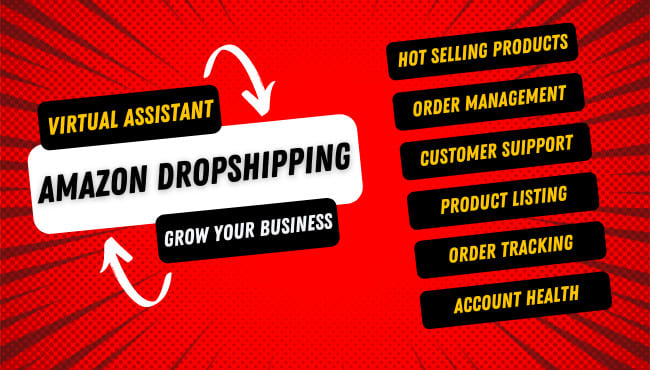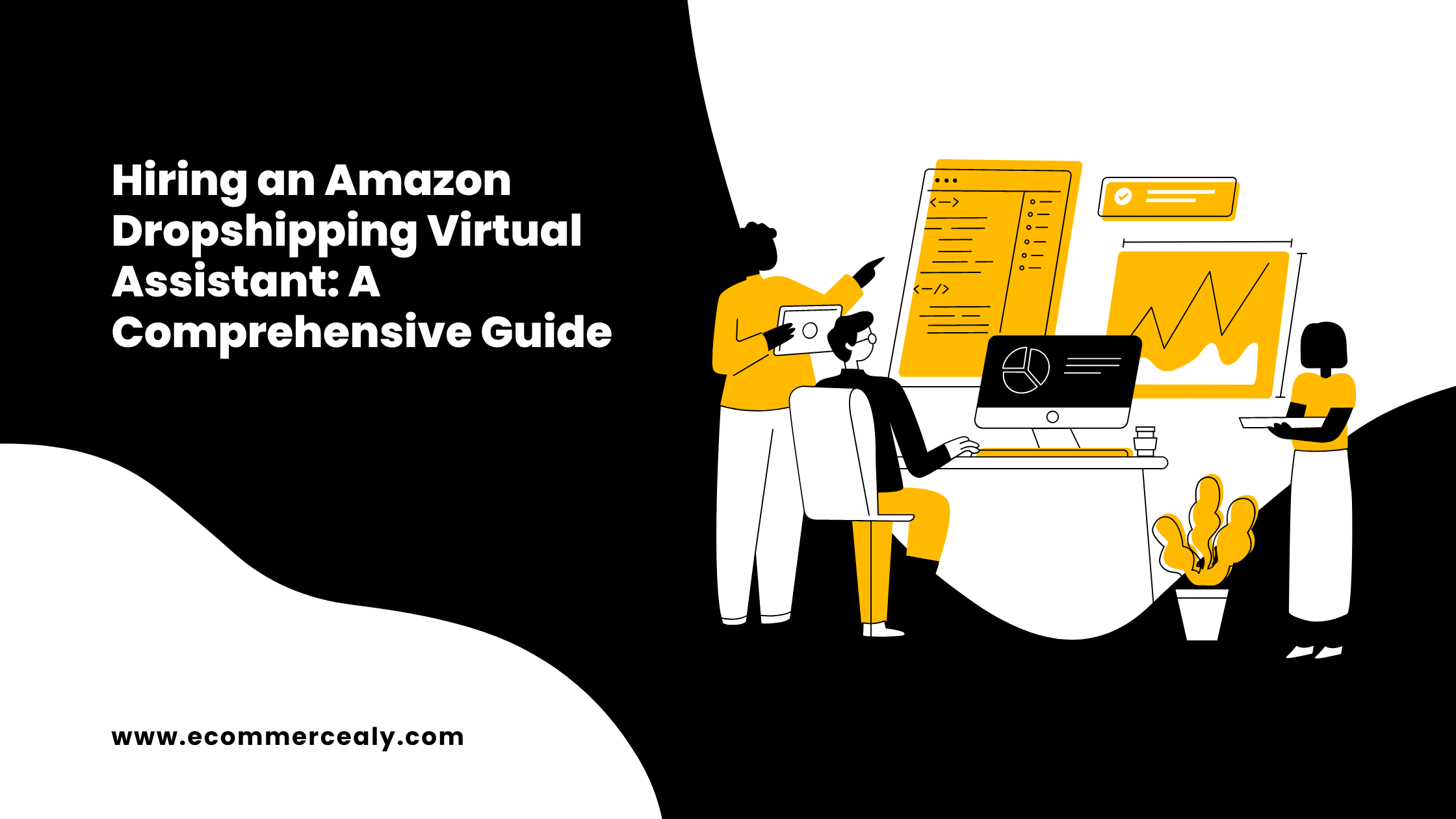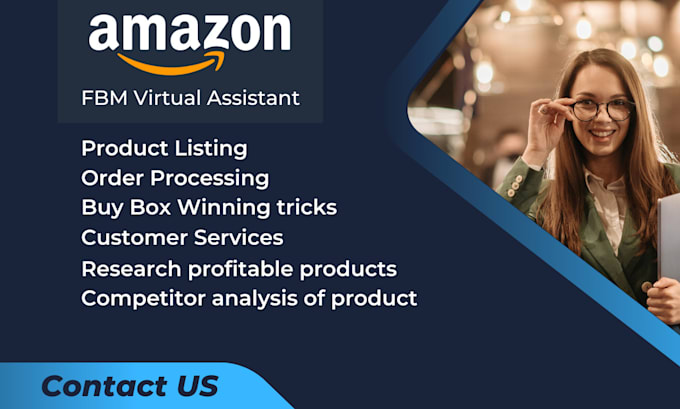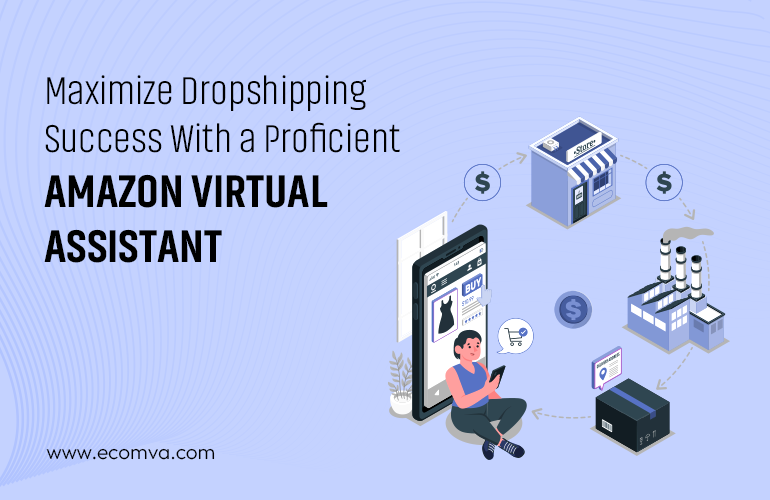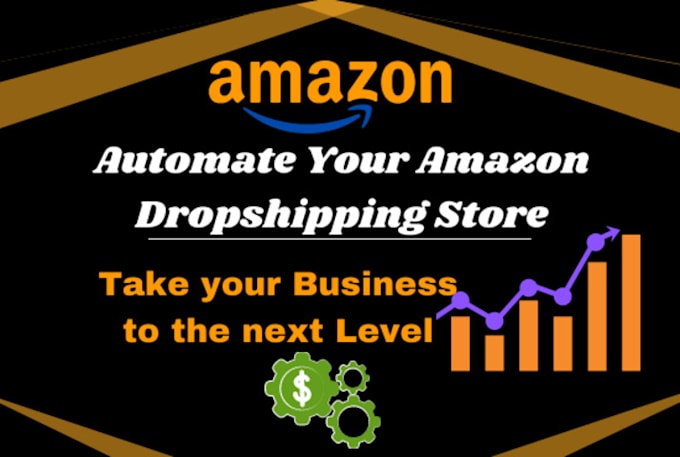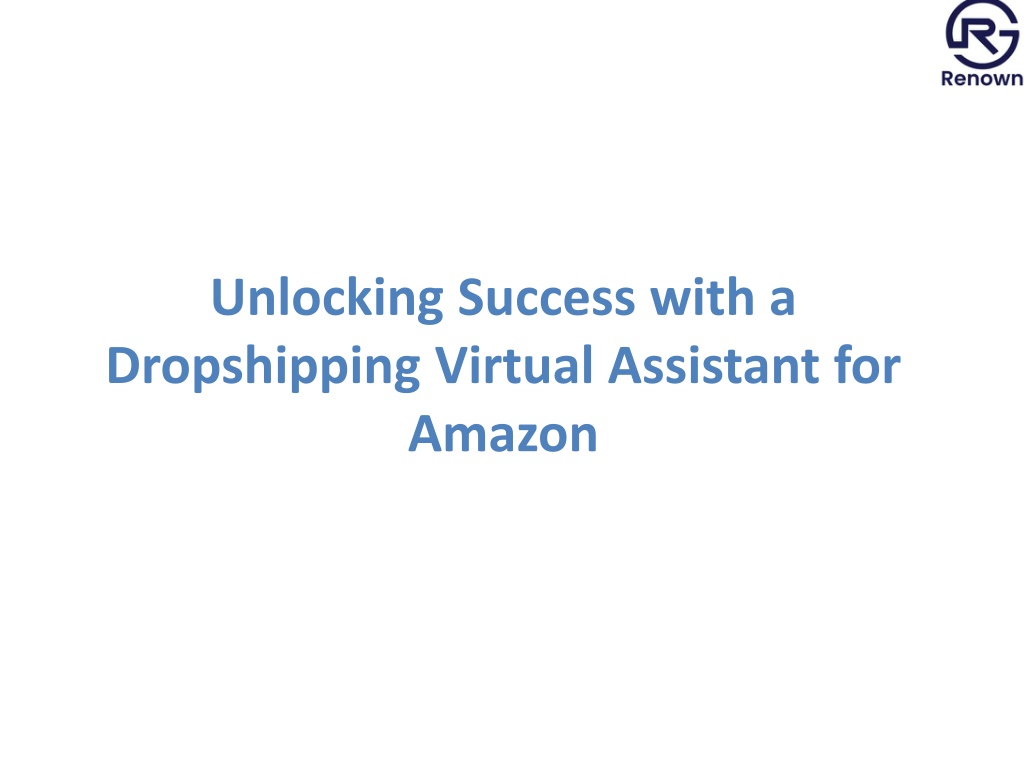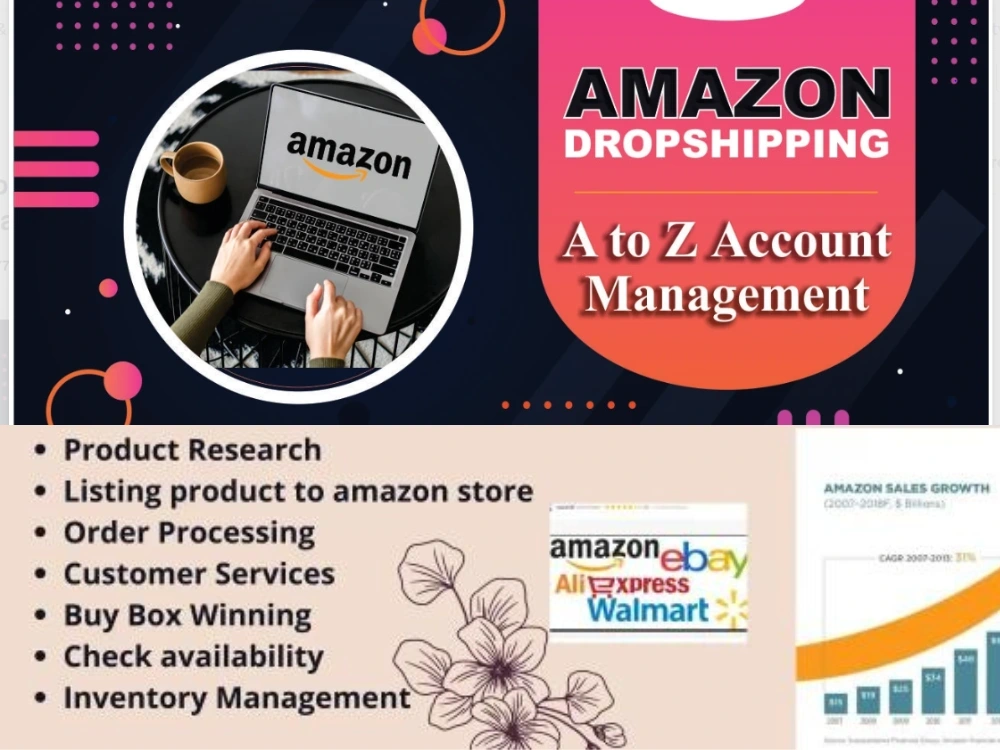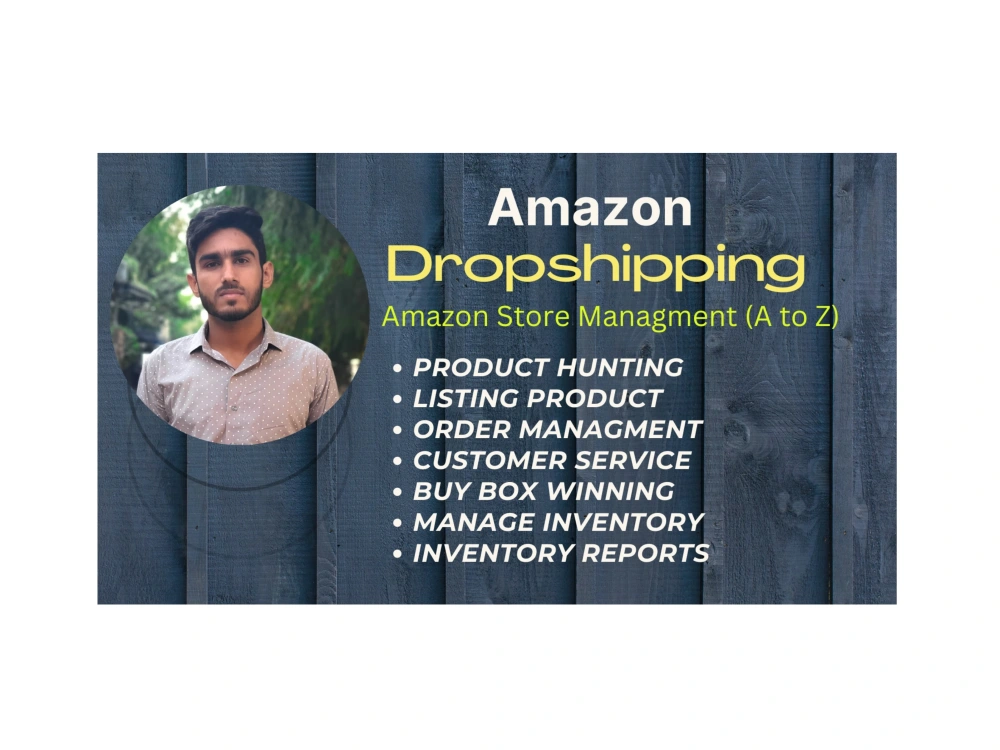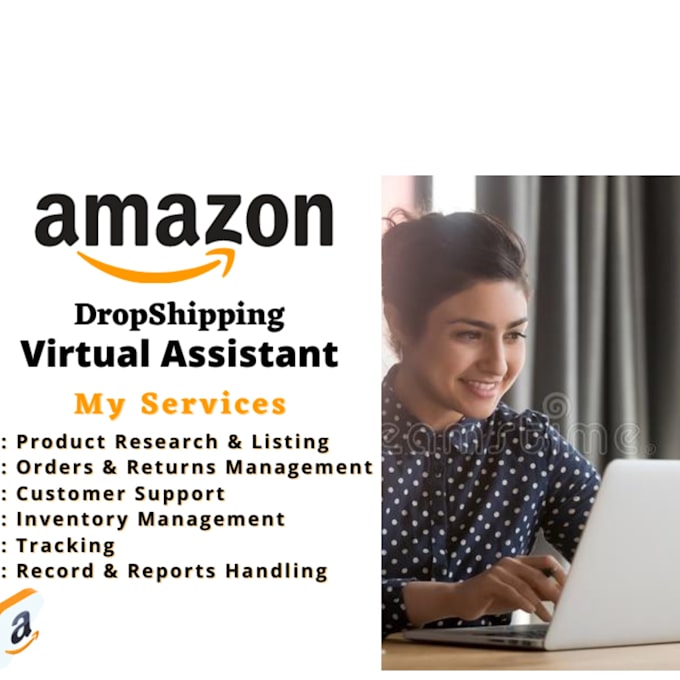Amazon Dropshipping Virtual Assistant

E-commerce giants Amazon have quietly begun scaling back support for Amazon Dropshipping Virtual Assistants. The move signals a potential shift in the company's approach to dropshipping operations.
This decision impacts thousands of individuals and businesses relying on virtual assistants to manage their dropshipping businesses on the platform. The change brings uncertainty for many sellers.
The Scale Back: What We Know
Confirmed reports indicate that Amazon is limiting access to certain seller tools and resources previously available to virtual assistants. This restriction applies to specific account permissions and functionalities vital for dropshipping management.
Specifically, VAs are facing difficulties in accessing key areas like product listing management, order fulfillment, and customer service communication. The changes appear to be rolling out in phases.
Who Is Affected?
The primary impact is on Amazon dropshippers who outsource daily tasks to virtual assistants. Small businesses and entrepreneurs relying on this model are particularly vulnerable.
Furthermore, the virtual assistants themselves, many based in countries like the Philippines and India, are facing potential job displacement. Data on the exact number of affected VAs is still emerging.
When Did This Start?
Observations suggest that the changes began subtly in late October. More widespread restrictions were noticed in the past few weeks.
Amazon has yet to issue a formal public statement regarding these changes.
Where Is This Happening?
The reduced access is affecting Amazon dropshipping operations globally. Reports are coming from sellers operating in North America, Europe, and Asia.
This is a worldwide change with local impact.
How Is This Being Implemented?
Amazon is implementing these changes through a combination of altered API access and revised account permission settings. Users report receiving error messages when attempting to perform certain tasks.
Some VAs are finding ways to work around the limitations, but these solutions may only be temporary.
Immediate Actions for Sellers
Dropshippers need to immediately assess how these changes impact their businesses. Communication with virtual assistants is crucial for understanding the current limitations.
Consider alternative strategies for managing product listings and order fulfillment. Develop contingency plans to mitigate potential disruptions.
Explore alternative software and automation tools that may offer similar functionalities.
Future Implications
This could signal a move towards greater scrutiny of dropshipping practices on Amazon. The company may be prioritizing direct seller control over listings and customer interactions.
The long-term consequences for the dropshipping model on Amazon remain to be seen.
Continued monitoring of Amazon's policies and actions is crucial. We will update this story as more information becomes available.


